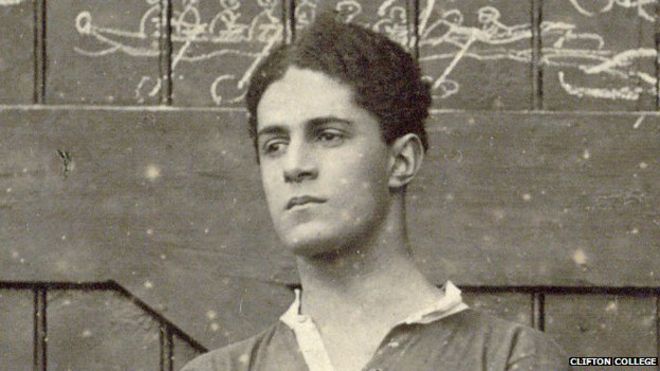Breathing Race into the Machine: The Surprising Career of the Spirometer from Plantation to Genetics by Lundy Braun (review)
Configurations
Volume 23, Number 1, Winter 2015
pages 127-130
DOI: 10.1353/con.2015.0000
Lindsey Andrews, Visiting Scholar of English
Center for Interdisciplinary Studies in Science and Cultural Theory
Duke University, Durham, North Carolina
Braun, Lundy, Breathing Race into the Machine: The Surprising Career of the Spirometer from Plantation to Genetics (Minneapolis: University of Minnesota Press, 2014).
Lundy Braun’s account of the ongoing and often invisible implementation of race-correction in pulmonary medicine is as much about the absence of the spirometer—a machine developed to measure lung function with accuracy—as it is about its presence. Breathing Race into the Machine: The Surprising Career of the Spirometer from Plantation to Genetics asks how it is possible that, well into the twenty-first century, doctors continue to use technologies that “correct” for racial differences in lung function despite no existing physiological difference. How did buttons establishing separate norms based on race and sex come to be a surreptitious, yet pervasive feature of diagnostic machinery? The answer lies in a much larger story about the desirability, across multiple domains and professions, of a technically precise means for measuring the elusive quality that physicians, scientists, and insurance companies came to think of as “vital capacity” or “fitness.” Building explicitly on Keith Wailoo’s Drawing Blood: Technology and Disease Identity in Twentieth-Century America (1997) and contributing to a growing body of literature on race in science and technology, Braun’s study “examine[s] the complex and contradictory historical processes by which differences such as race, class, and gender actually get embedded into the very architecture of scientific instruments” (p. xxi).
Braun tracks the proliferation of spirometric uses, from the machine’s earliest emergence as a tool for monitoring laborers’ fitness in the middle of the nineteenth century, through its development as a medical diagnostic tool in the twentieth century, to its contemporary role in adjudicating worker’s compensation claims. One of the most intriguing aspects of Braun’s book—and at times its most challenging feature—is its attempt to account for the ways in which the spirometer’s flexibility (rather than its specificity) as a precision tool and its unclear object of measurement (vital capacity) made it, in fact, such a powerful tool that would come to play a crucial global role in health- and insurance-policy decisions. What Braun ultimately shows is that separate though related epistemological problems regarding vital capacity emerged across multiple fields—including labor surveillance, fitness culture, and diagnostic medicine—to which precision and numeracy appeared to be the answer. The spirometer provided both. As Braun notes, spirometry was not central to any one discipline, but instead found myriad uses in physical education, military testing and training, and insurance assessment. “As its epistemological relevance faded in one domain,” she writes, “it was taken up, adapted, and investigated in another” (p. xxv). Whether shoring up Anglo-Saxon masculinity by establishing the superiority of upper-class white lungs in nineteenth-century physical culture or enforcing anti-black workers’ compensation policies that required blacks to demonstrate even lower lung functioning than similarly positioned white workers in order to receive remuneration, the capacity of the spirometer to produce numeric data was both its appeal in terms of authority and simultaneously its most easily racialized feature—a feature made invisible in the apparent “value neutrality” of a scientific virtue (a concept that Braun draws from Lorainne Daston and Peter Galison) like precision.
Tracing the international and professional border-crossing of the spirometer is one of the book’s primary accomplishments, but also one of its challenges for readers. In the course of seven chapters, Braun is tasked with moving back and forth from the twenty-first to the early nineteenth century, and from Wales, to the US South, to South Africa, negotiating a narrative that is neither straightforward nor linear, although always following a through-line in which assessment of the laboring body and management of the laboring class drive spirometric racialization. Early chapters cover the stabilization of whiteness as a meaning of lung-capacity measurements. In the first chapter, Braun shows how John Hutchinson, a Victorian scientist and early developer of the spirometer, reconfigured pulmonary studies in terms of physiological functioning rather than anatomical construction, thus tapping into growing investments in scientific experimentalism and the “quantifying spirit” of the Victorian era by adapting the spirometer’s use to large-scale population studies. Chapter 1 thus lays the groundwork for the third and fourth chapters, which also detail the ways in which lung-capacity measurements, along with anthropometry…


